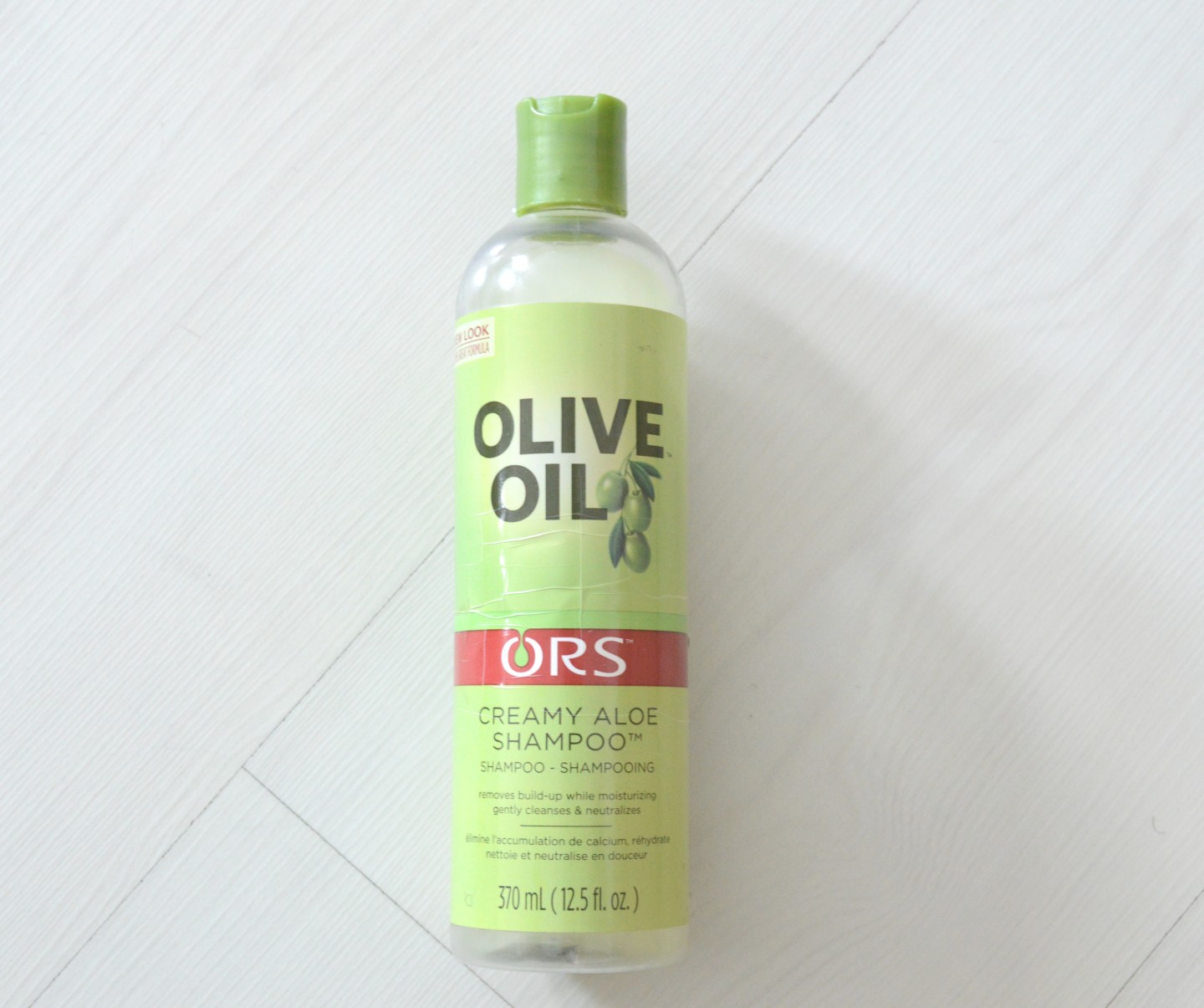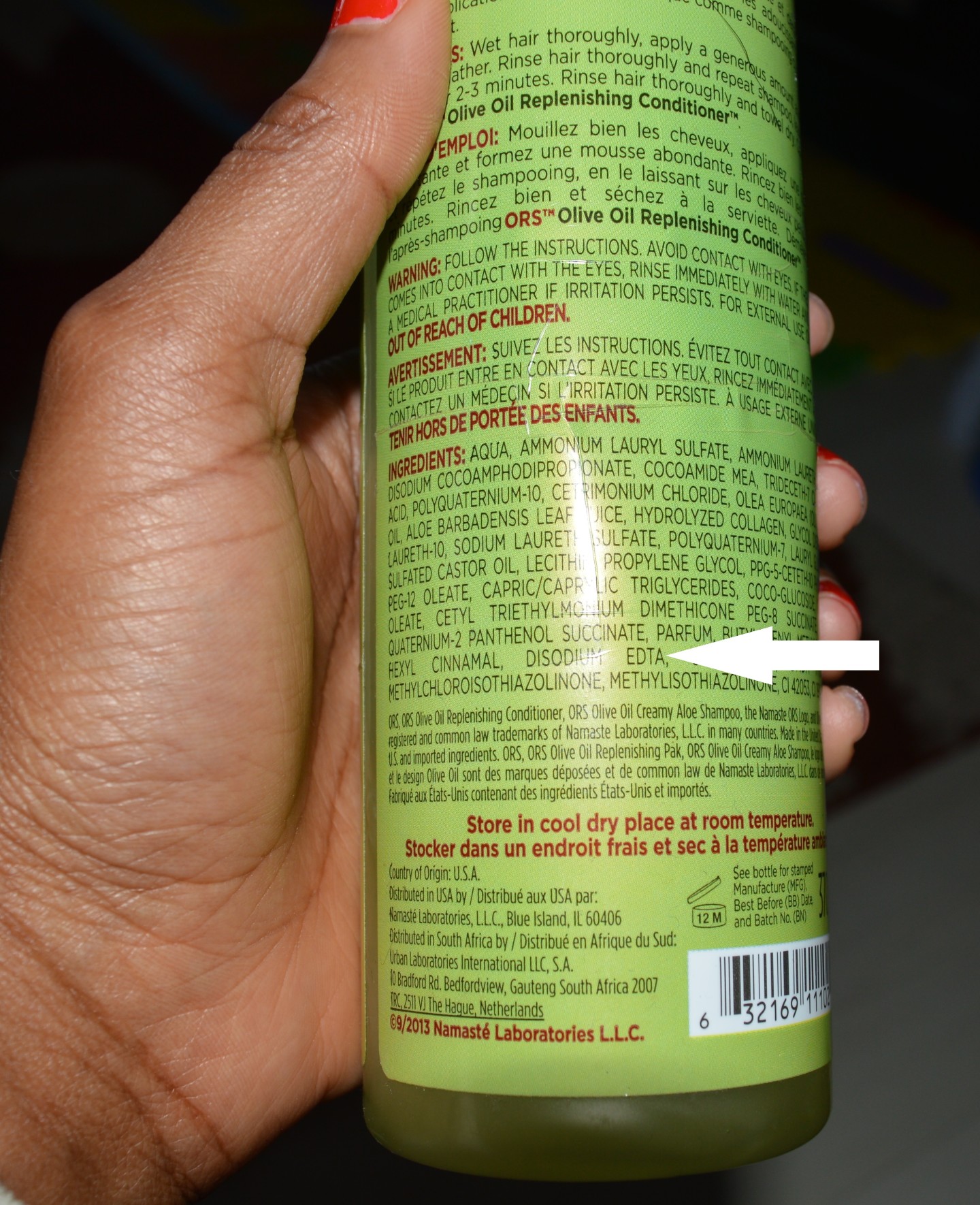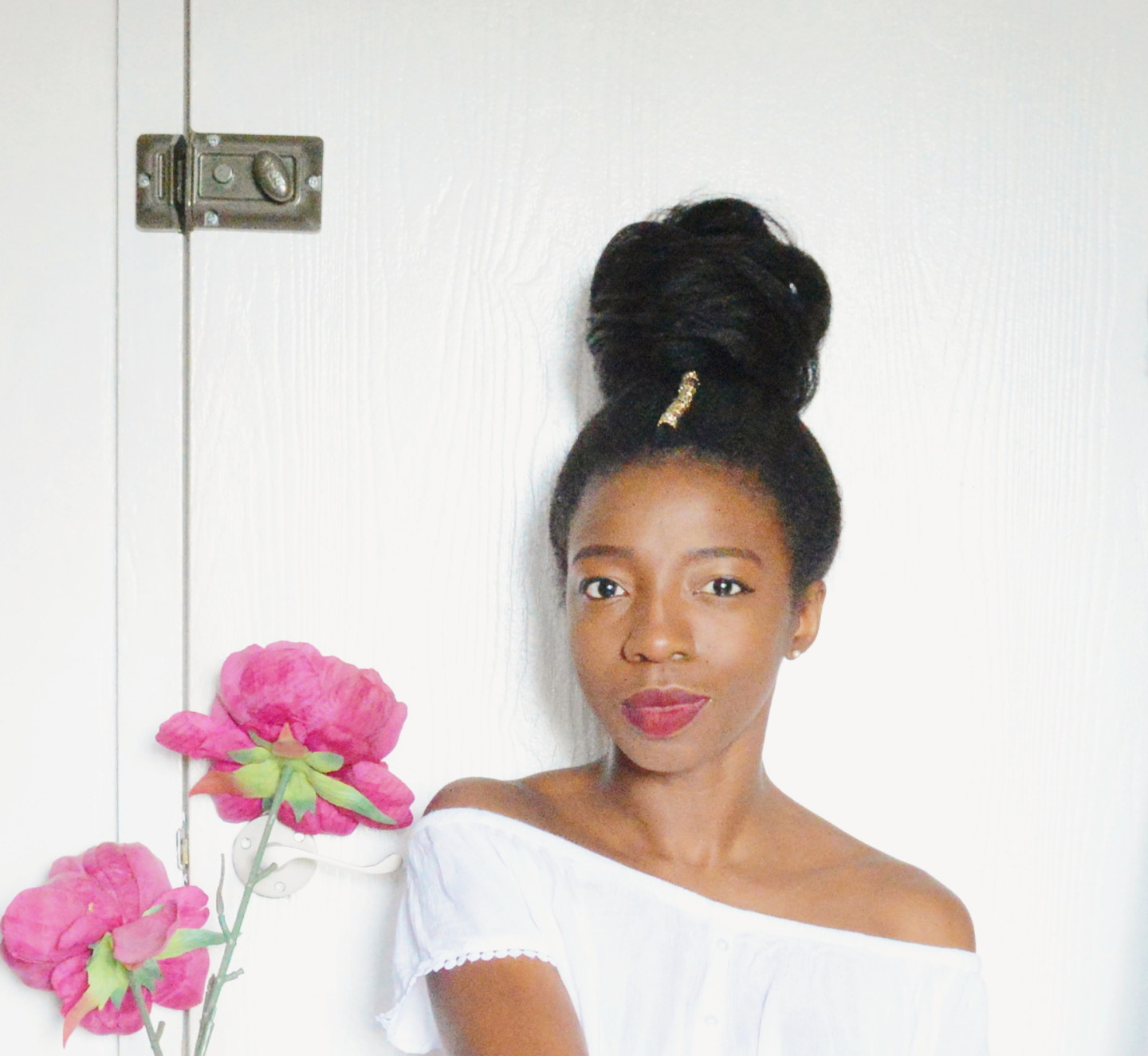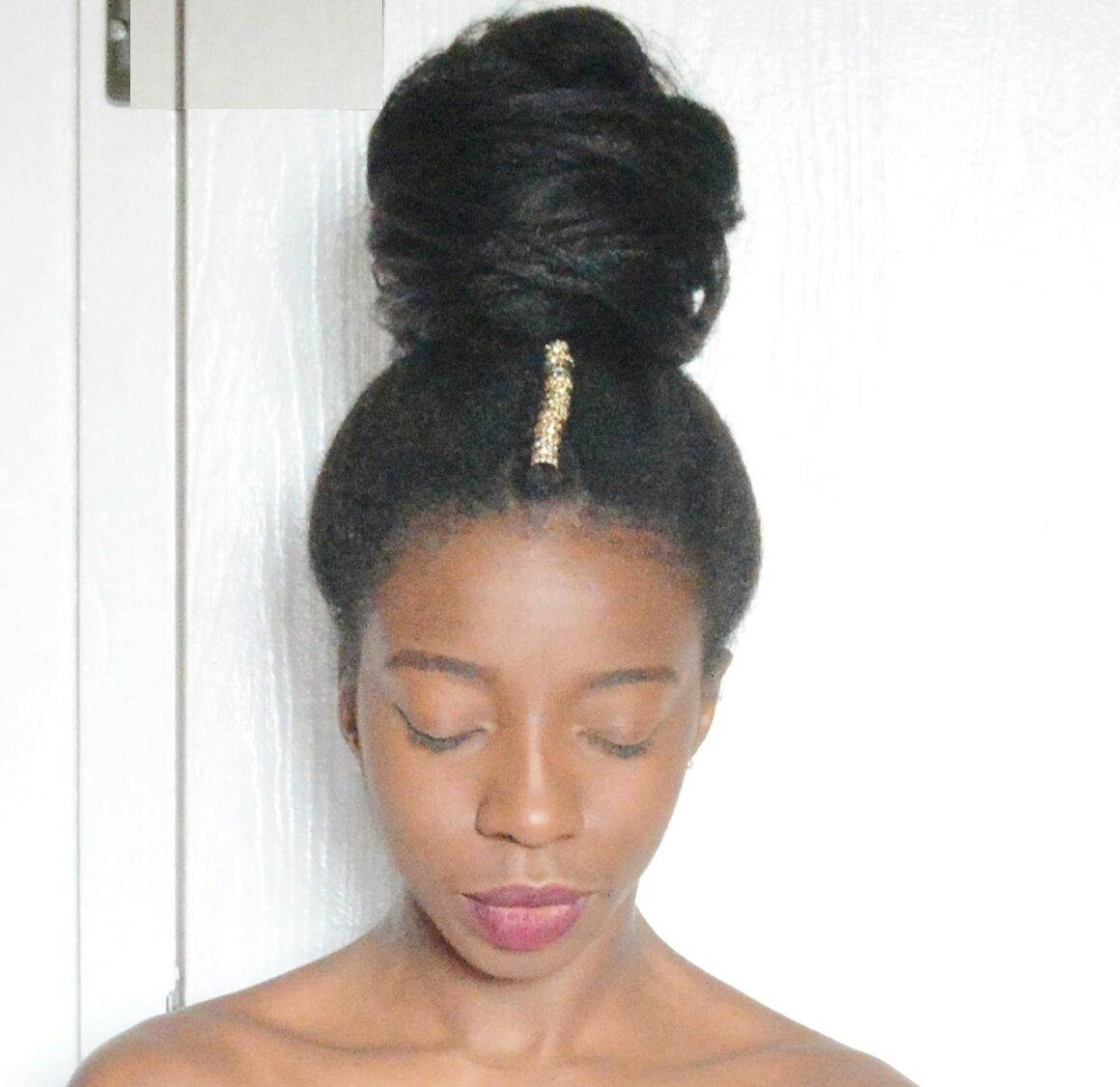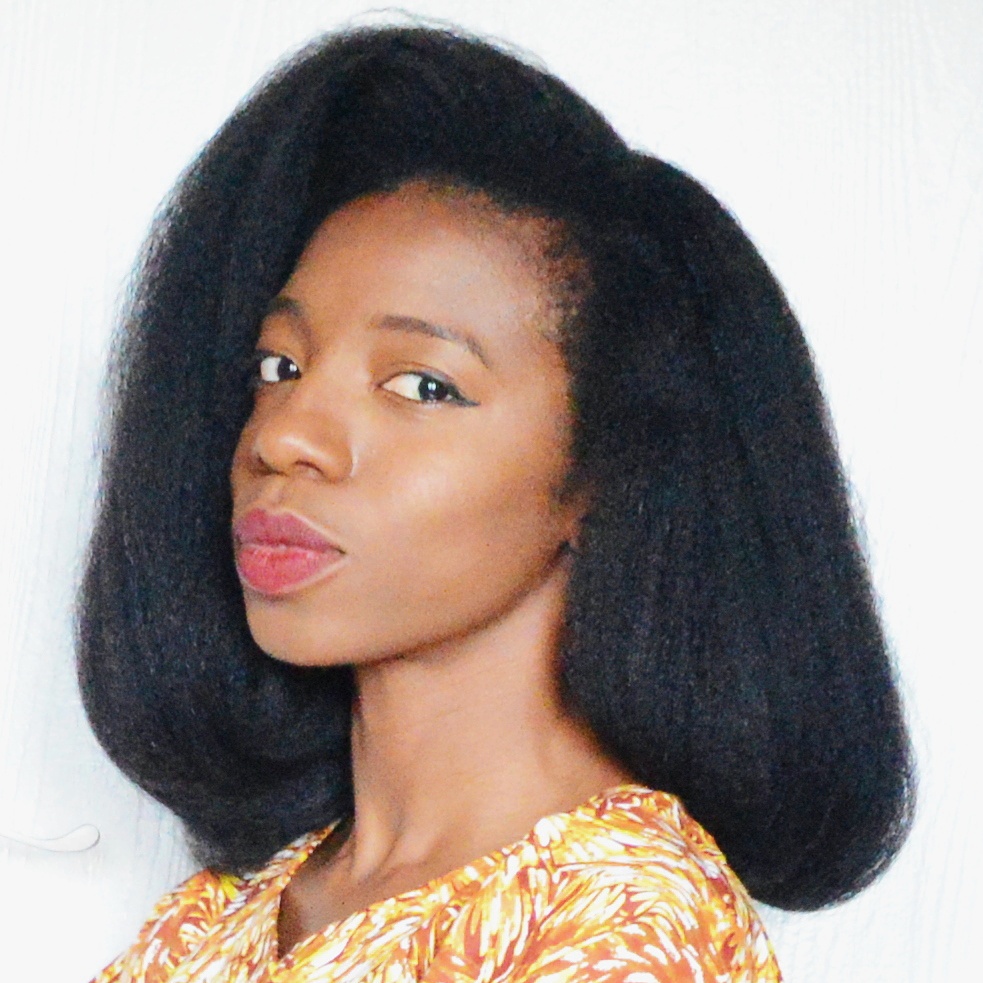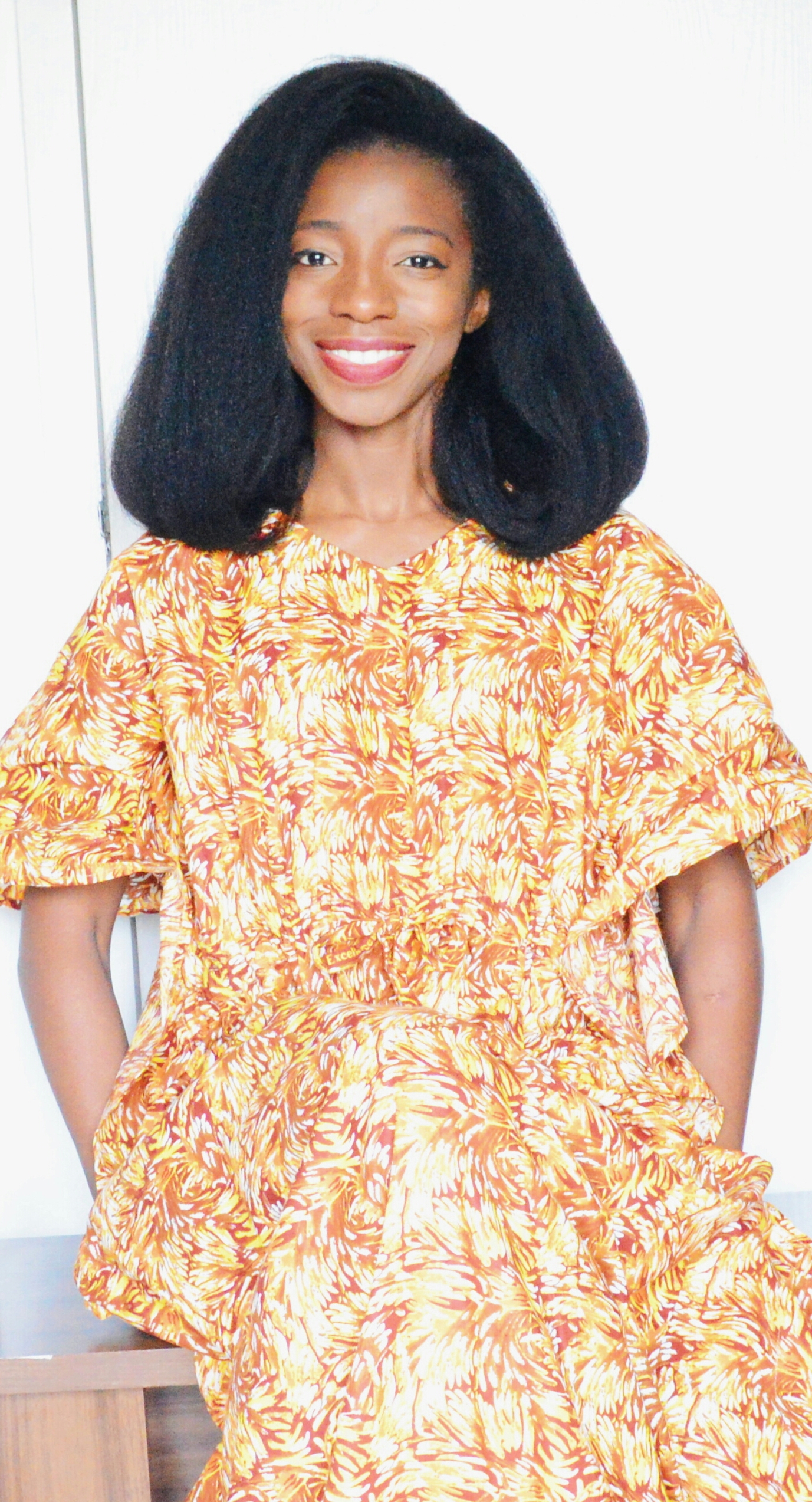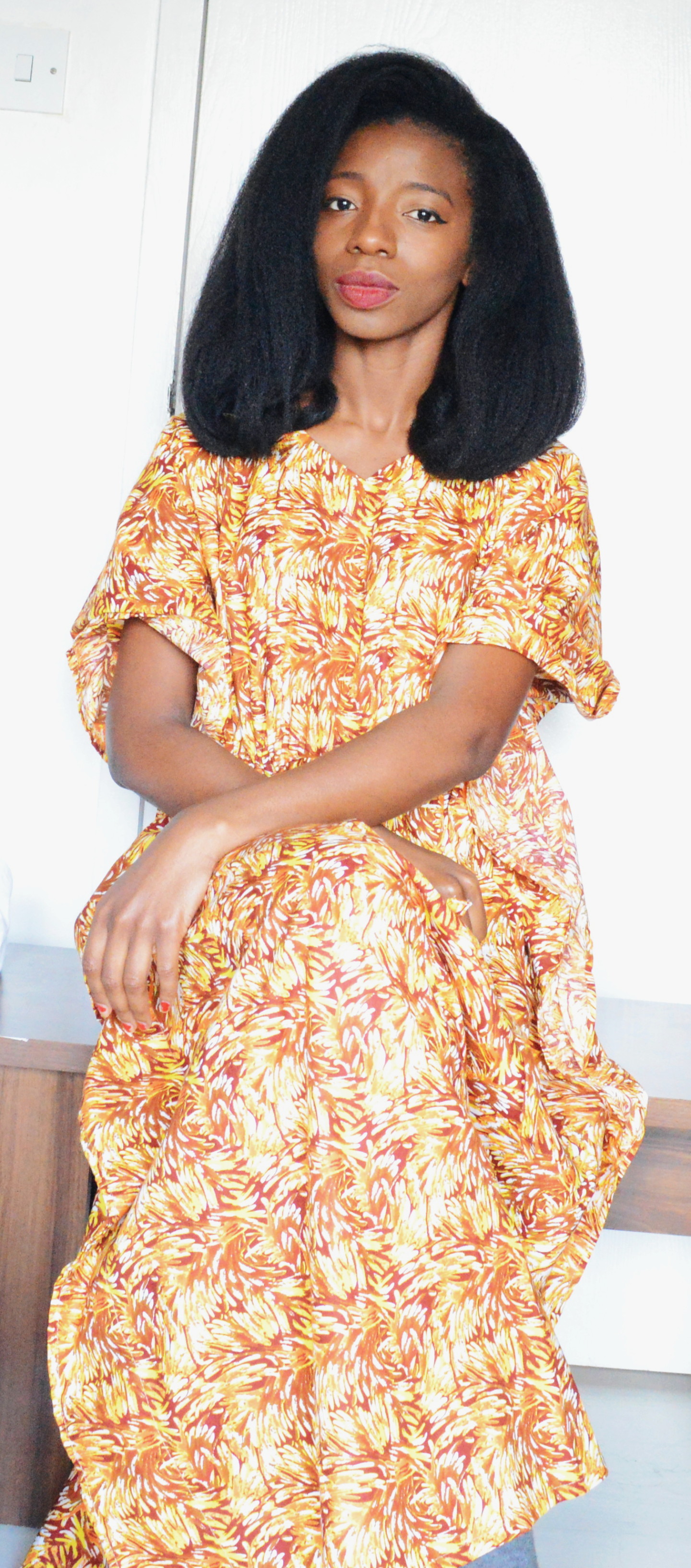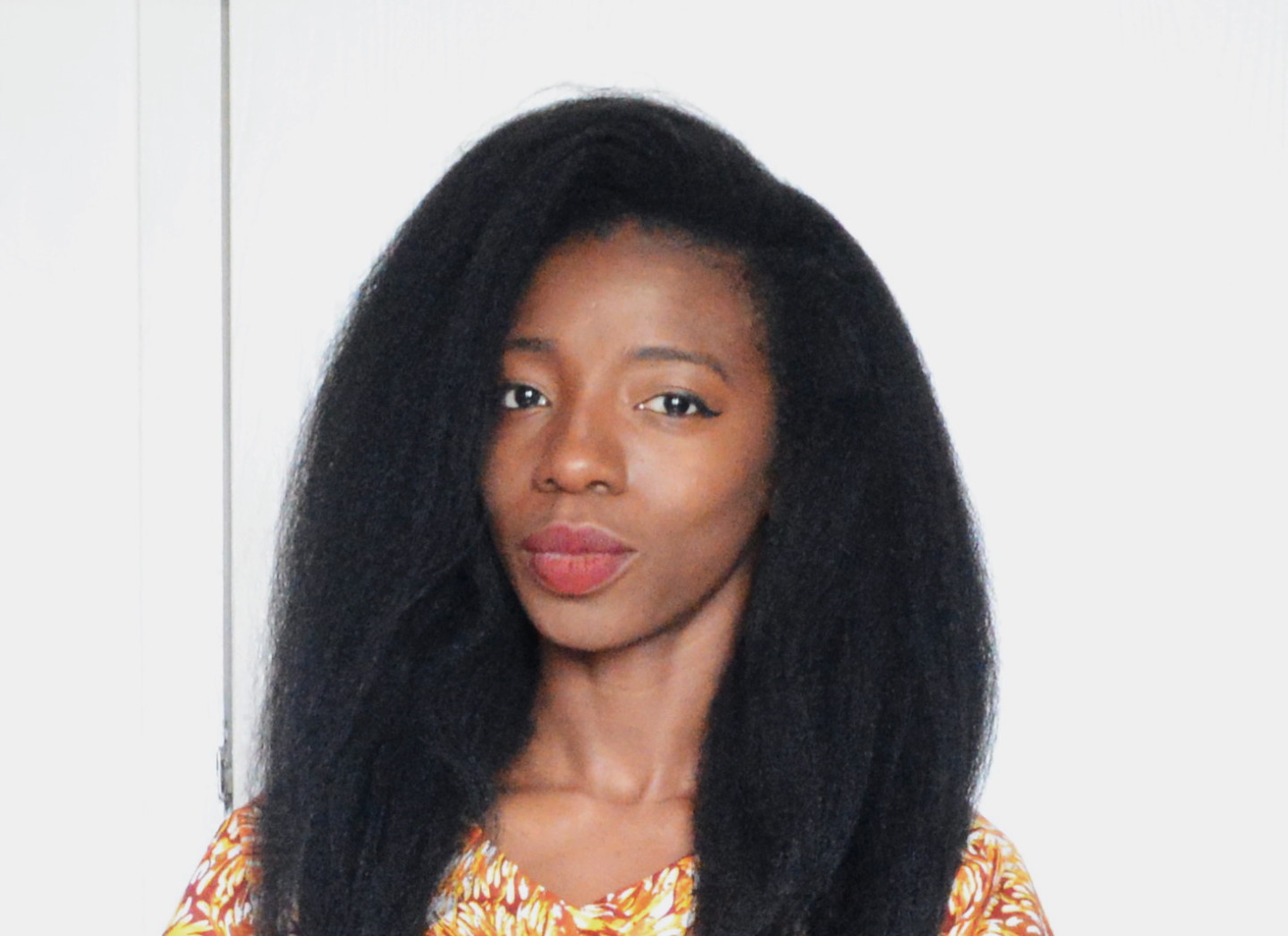
Hello Ladies,
I have written many educative blog posts about hair. Over the years Hairducation has grown and a lot of its new readers may have missed some informative posts. I will be revisiting some of these posts to give the new readers a chance to catch up and also to share visuals I wasn’t able to prior to me getting my hair microscope. This way my day-one reader can still benefit from the topics I am revisiting.
I figured a good place to start would be at the beginning with pre-pooing. If you don’t know what pre-pooing is, didn’t read my first post about it or would like to read it again please click here. It will help you make better sense of the rest of this post. In this post, I will share a reminder of the benefits of pre-pooing and show you pictures that prove these benefits.
Side Note Since I decided to begin sharing microscopic pictures on Hairducation I’ve learned something new about myself. I feel uncomfortable sharing up close and personal pictures of my hair. Why? Because it feels too personal, I feel over exposed and somewhat vulnerable. However, I am also able to get over myself and out of that state of mind when I remind myself of the purpose of this site: to educate. If I have to be the guinea pig then so be it :). I am happy to take one for the team.
Benefits of Pre-Pooing
- It helps to soften dirt and debris on hair fibres so that it slides off easier during the washing process
- Applying the pre-poo whilst detangling will lubricate your hair which will make removing the knots and tangles easier. It reduces breakage whilst detangling by softening the hair fibre and making it more elastic.
- Helps reduce cracking and damage to the hair cuticles. When our hair is being washed, it absorbs water and expands/increases in size. After washing our hair returns to its normal size however when doing so the outer layer (the cuticle) can crack as our hair dries. Over time and several washes, it can result in damaged and roughened hair cuticles.. This is called hydral fatigue. Applying coconut oil as a pre-poo can help to reduce how much water our hair absorbs as it is being washed. This reduces how much our hair will swell during washing and thereby reduce the risk of the cuticle cracking as our hair dries.
Microscopic Pictures That Show The Benefits of Pre-pooing.
- The picture on the left was taken on my wash day after I had moisturised my hair. I had not yet applied any oils to seal. You can see the tiny specs of hair products on my hair fibres.
- The picture on the right was taken a week after my wash day, I had moisturised sealed several times during the weak and as you can see, it had become greasy from the accumulation of products and oils.
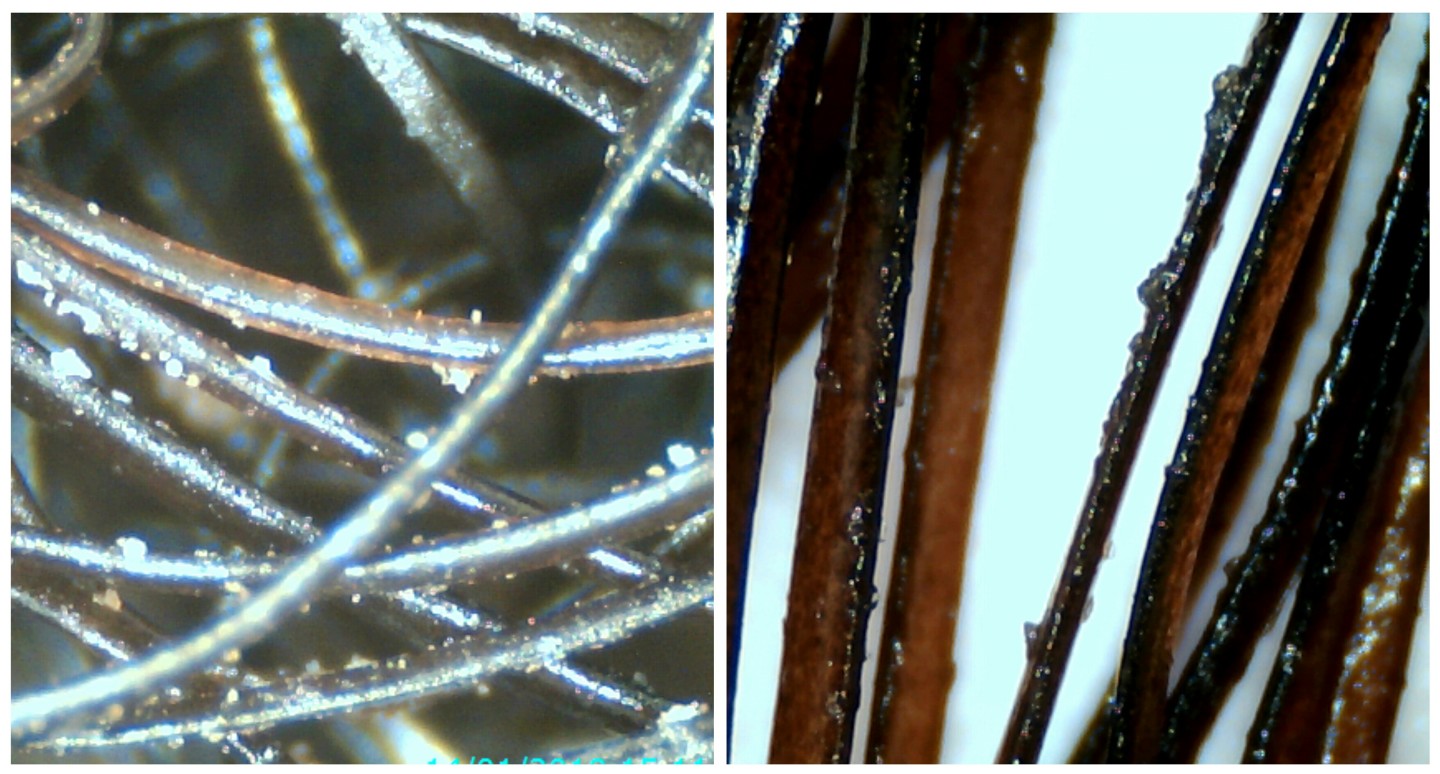
For clarity, I have circled and pointed out the lumps and bumps of the product residue in the pictures below.
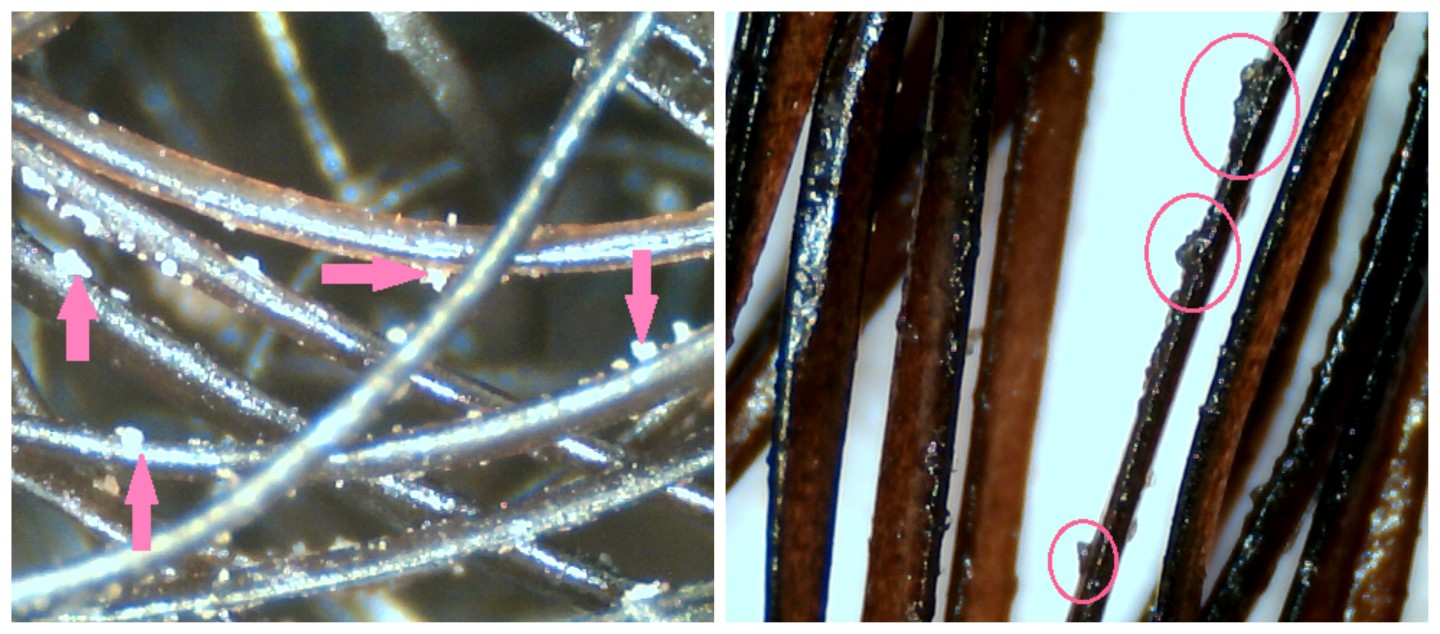
After taking the picture on the right above, I applied coconut oil to a small section of my hair and analysed it with the microscope.
The first image below was taken with a regular camera and as you can see my hair is oily but not dripping with oil
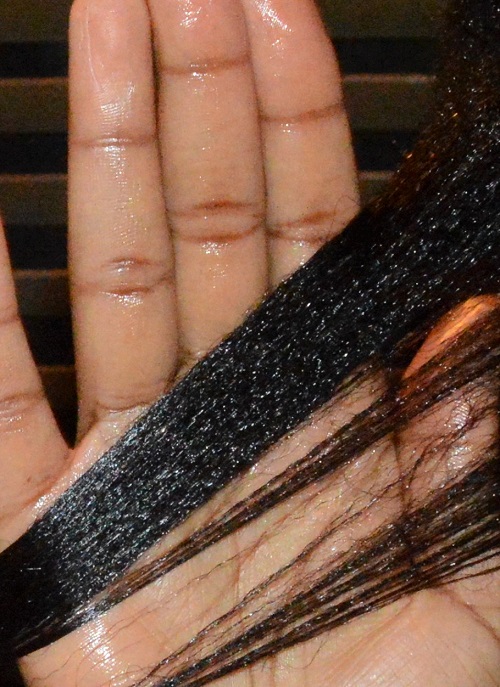
It was amazing to look at this same section of hair under the microscope video, I could actually see the tiny droplets of the oil dripping and running up and down on my hair fibres. You can see a droplet of the coconut oil in between the two hair fibres in the left picture below.
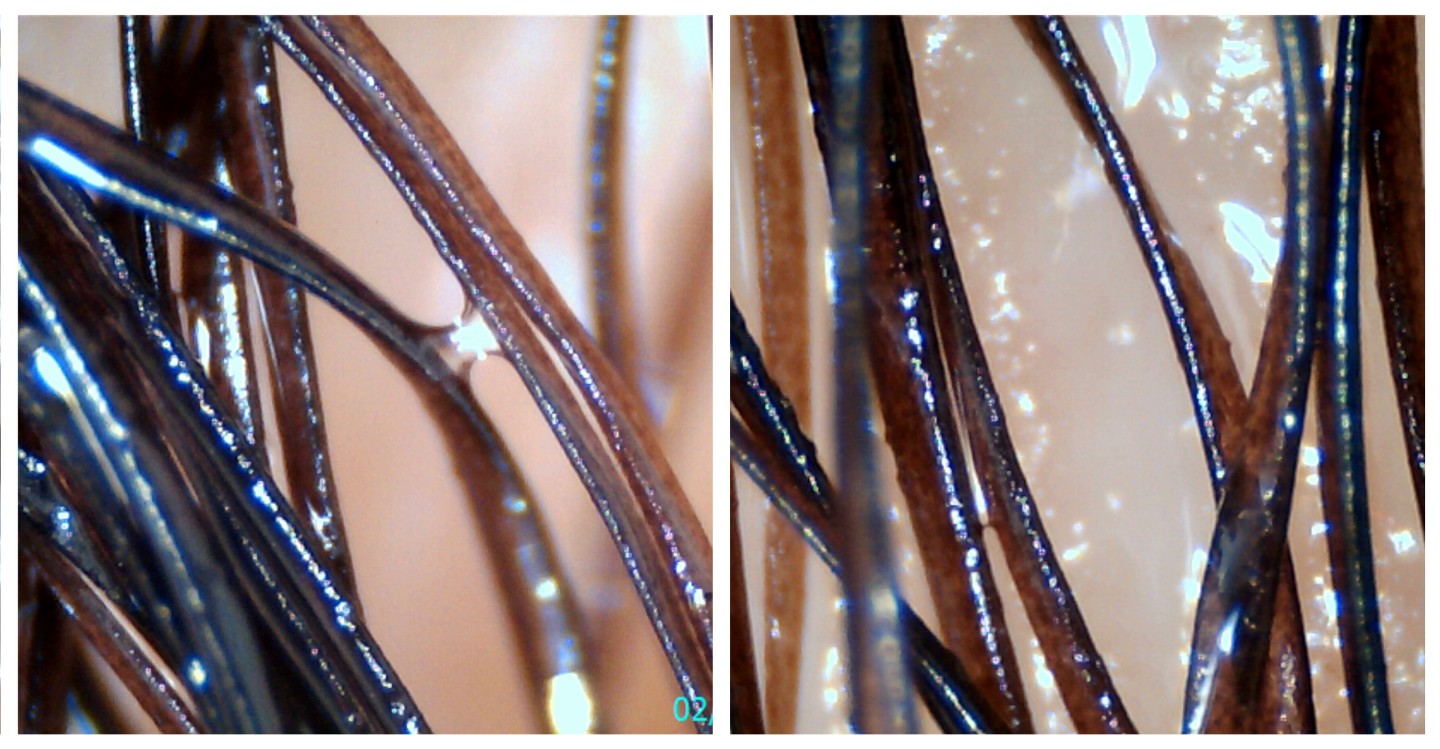
As you can see in the picture above, the lumps and bumps of product residue have been melted by the coconut oil and the hair fibres are now smooth. This will make it much easier for the dirt to slide off the hair when it is being washed.
You can also see that the hair fibres are very well lubricated and oily, this will make detangling a lot easier because the hairs will slip past each other easily rather than catch/latch unto each other like dry hair tends to. Also, any tangles in my hair will also be much easier to unravel than if the hair wasn’t oily.
Pre-pooing is one of the hair care practices which technically isn’t essential, but I hope these pictures help you see its benefits of pre-pooing. I am not able to show how pre-pooing helps prevent hydral fatigue which was benefit 3 discussed above. I need a much more advanced microscope for that.
I have some major, major, MAJOR announcements to make soon.
So come back soon to see and read all about it.
Happy valentines, happy hair journey.
x
Lade
Learn| Change| Grow|




